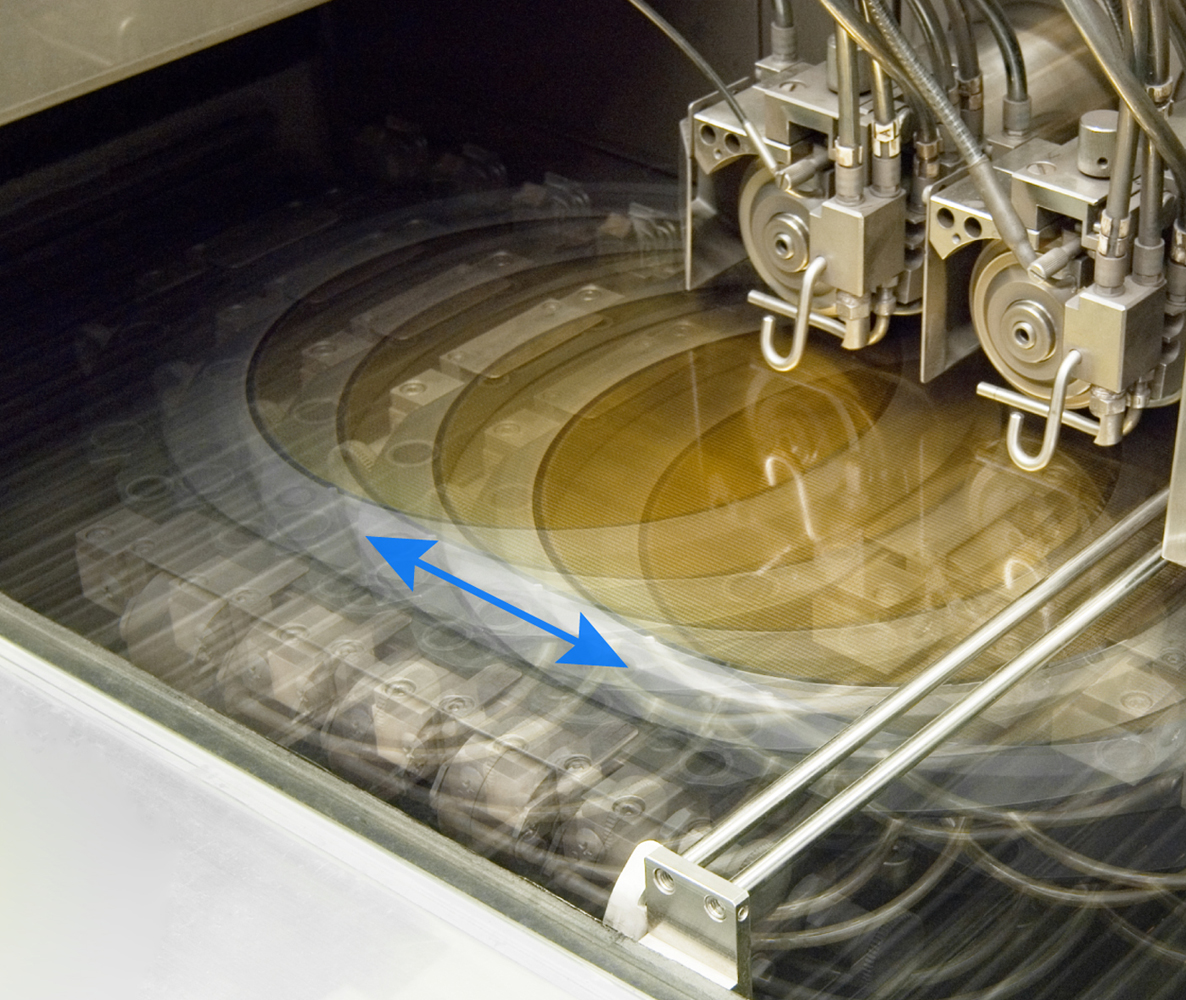High-Speed CMOS Sensors Improve DSC Low-Light Capability
Researchers at Germany's Fraunhofer Institute for Microelectronic Circuits and Systems IMS said they have found a new way to dramatically improve the low-light capabilities of CMOS image sensors.
The technology is especially suited for applications such as fluorescence and astronomy, which require image cells that are substantially larger than those cells commonly used in mainstream chips in order to achieve sufficient light exposure.
CMOS image sensors typically used pinned photodiodes (PPD) to convert the light signals into electrical pulses. However, there are limits to PPD-based readout speeds, which creates a problem when high image rates a necessary. To solve the issue, the Fraunhofer scientists developed a "lateral drift field photodetector (LDPD)" which accelerates the electrons. 'With the PPD the electrons simply diffuse to the exit; a comparatively slow process but which is sufficient for many applications," saidWerner Brockherde from Fraunhofer. “But by integrating an internal electric field into the photoactive region of the component, we have managed to accelerate this process by a factor of up to a hundred.”
The invention has already been submitted as a patent and Brockherde expects the technology to be available for 0.35 µm mass production in 2013. It is unlikely that we will be seeing this feature in mainstream cameras anytime soon, but it is good to know that there are new low-light capabilities on the horizon.
Get Tom's Hardware's best news and in-depth reviews, straight to your inbox.

Douglas Perry was a freelance writer for Tom's Hardware covering semiconductors, storage technology, quantum computing, and processor power delivery. He has authored several books and is currently an editor for The Oregonian/OregonLive.
-
joytech22 About damn time.. D:<Reply
I just hope I don't have to buy the best damn DSLR out there to get a camera with the sensor.. -
freggo nukemasterThis the same Fraunhofer Institute that practically created the MP3?Reply
Yep; same one. Darn Germans have there fingers in everything :-)
-
nebun freggoYep; same one. Darn Germans have there fingers in everything :-)lol...get used to itReply -
ajay_vishvanathan haha.. Germans excel in engineering.. Japs the tech.. americans in investing.. chinese copying.. :PReply
-
yorgos ajay_vishvanathanhaha.. Germans excel in engineering.. Japs the tech.. americans in investing.. chinese copying..no offence but the truth is in between.Reply
Germans after the WW2 had great support from other countries to rebuild Germany. Now in E.U. they had most of their products consumed by the weak countries in the E.U.. Spain, Greece, Portugal e.t.c. had something like a contract to import goods from germany or export their products to Germany/France and then they resell them to other countries making more profit (olive oil from spain exported to Italy then Italy puts its label on it and resells it to Russia at a higher price).
Japs started from the same place that Chinese are now. First of all their cars were bad copies from European cars.
They started going to car exhibitions with cameras and recorded every new feature they haven't seen. They made their cars in the begining by actually reverse engeneering other advanced products from other makers.
In the last 40 years they have a huge technological advance and a huge manufactoring capability. Japan is the 1st country in the world that has almost zero primary material in their ground but they have the biggest amount of exports in the world. This is really amazing.
Last but not least, China. China is a working machine, they can make everything. They create something even if they don't know how to make it. Most of their products are flawed but they continue to make them better. 1 or 2 years ago there was an article saying that china bought a few thousand Xeon cpus for a huge server. After that a goverment representer said that that was a very expensive purchase so we must start making our own server cpus.
This is a threat to all cpu makers because if the chinese say something there is a great possibility that they will do it.
Anyway, this guy also reported that the chinese will be competing Intel in the server cpu market by the early 2020.
Only time will tell.
In conclusion, do not underestimate those "little bastards"(just joking) because they have great patients and they never give up. Chinese prove that.
P.S. india is getting into the "tech-game" will great expectations(especially on lowering the cost of products)
P.S.2: Lenovo(china) lowered the price of laptops when it bought the pc/laptop devision from IBM and the result is the drop of the OEM computer prices. -
blazorthon mcd023Alternate article title: A Patent Worth FilingReply
This surprised me too. We rarely hear about legitimate patents these days and I assume that's at last related to the absolute stupidity and/or greed we see in these corporate systems. Thank you Tom's for momentarily allowing me to reinvest faith in humanity... But how long can this euphoria last before something worse comes along? Hopefully more than a few hours. -
awolfe63 Its PIN photodiodes - not pinned. An acronym - P-type/Intrinsic/N-type.Reply
Could you guys at least Google stuff or check Wikipedia before you write about things you don't understand. -
wiyosaya awolfe63Its PIN photodiodes - not pinned. An acronym - P-type/Intrinsic/N-type.Could you guys at least Google stuff or check Wikipedia before you write about things you don't understand.So here's a search. Look at it. "Pinned" is used in patent applications.Reply
